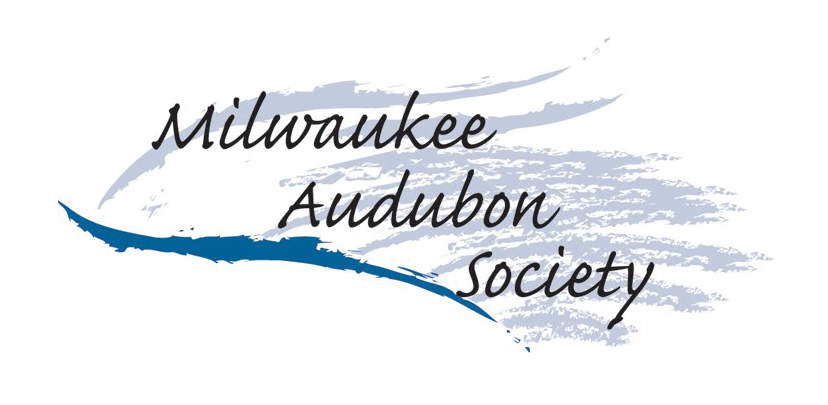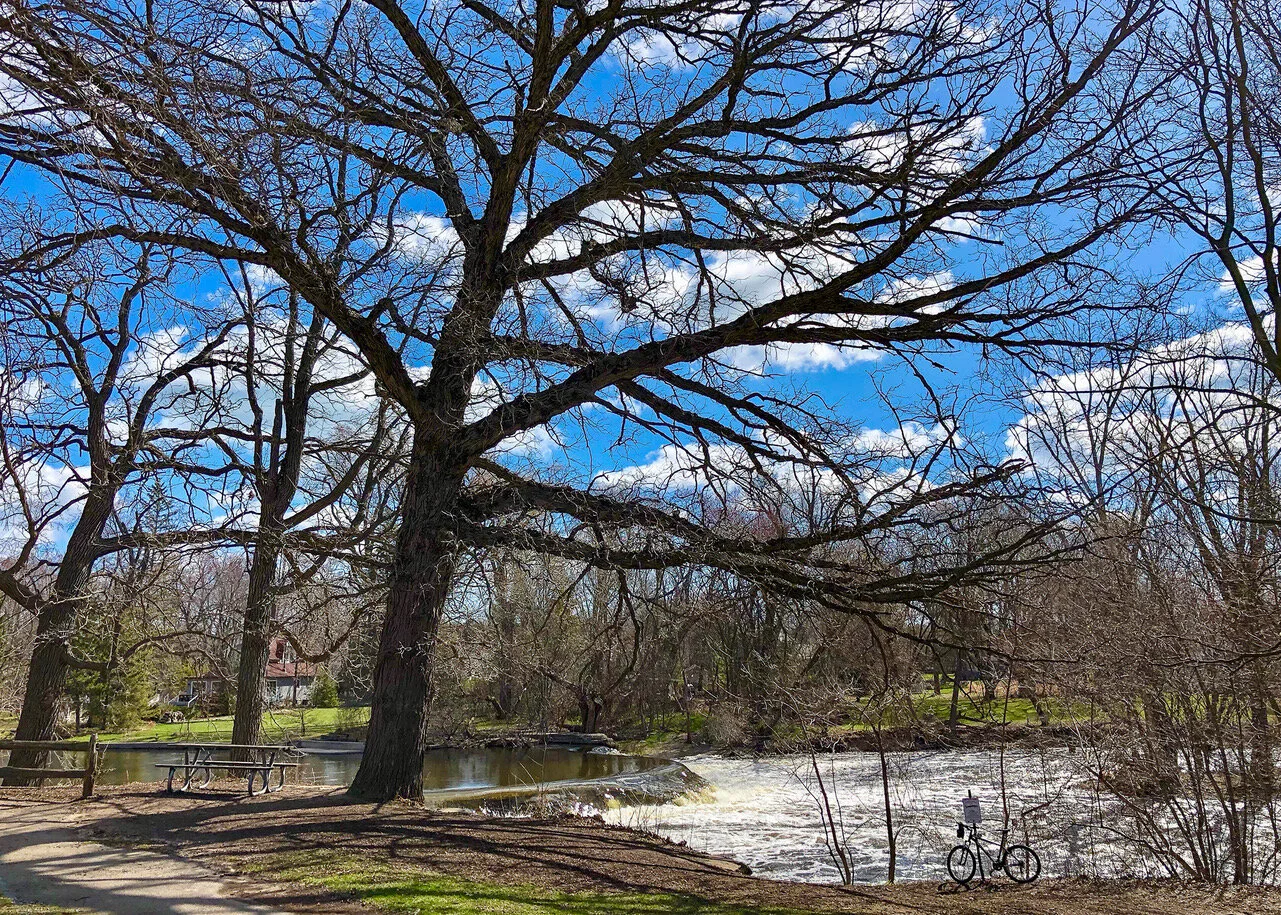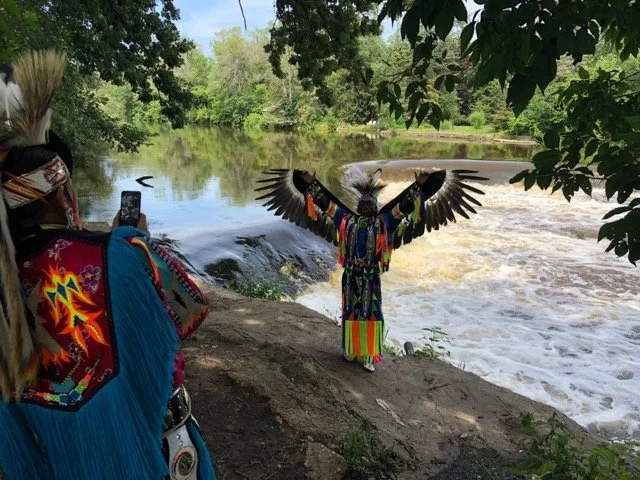GREATER INDIAN PRAIRIE PROJECT AREA (GIPPA): GLENDALE, WI
Ancient open-grown, anthropogenic savanna oaks on the Bluff at the north of Indian Prairie.
Honoring Greater Indian Prairie
Greater Indian Prairie is a small remnant of an oak savanna that sits atop one of the few remaining bluffs along the Milwaukee River in what is now Kletzsch Park in the City of Glendale. Oak savannas are fantastic habitats for birds. They are cultural landscapes and reflect an intimate connection between peoples and the land and exist because of the hand of man.
For countless generations, American Indians lived, died and were buried along this bluff. Indeed, when the first European settlers arrived, they found Indian villages up and down all three of Milwaukee’s rivers and numerous Indian tribes gathered here. Milwaukee got its name from being “the good land” and “the gathering place by the water.”
Although the land is not owned by Milwaukee Audubon, GIPPA extends for 1.8 miles along the Milwaukee River Parkway from Good Hope Road and the site of an 1840s Menomini Indian Bark Lodge Village to MAS’s Indian Prairie Planting.
Indian Prairie Planting (1992-93)
The Indian Prairie planting is a brownfield reclamation on City of Glendale property just north of the Parkway’s intersection with Sunny Point Road. This planting is south of the Historic Town Hall Milwaukee of the 1800s and is only one-quarter mile from modern Milwaukee’s city limits.
Kletzsch Park
Within the greater project area is Kletzsch Park, which is part of the Milwaukee County Parks System. Most of the archaeological Indian Prairie surveyed by Increase Lapham in 1850 lies within the modern bounds of Kletzsch Park and Milwaukee Audubon is advocating for an interpretive and restoration proposal area.
Our objective is improvement of wildlife habitat and restoration of the original cultural landscape in the area of Kletzsch Park dam through protection of original, open-grown, bur oak trees; authentic savanna restoration of the west river bank; and archaeological daylighting of the lower north ravine of Lapham's Indian Prairie from the Oak Leaf Trail to its mouth at the river.
Lapham’s Indian Prairie Archeological Site
Lapham’s Indian Prairie archaeological site is another place along the Milwaukee River Parkway where Milwaukee Audubon has provided technical assistance.





A sinuous dam within the Milwaukee River in Glendale’s Kletzsch Park forms a gentle waterfall. Fly-fishers often wade downstream from it. A bluff with ancient oak trees draws many visitors to three benches and a picnic table. Even on a brisk day last week, a steady parade of pedestrians walked the trail between the river’s west bank and the Milwaukee River Parkway.
This riverfront overlook might soon be erased and replaced.